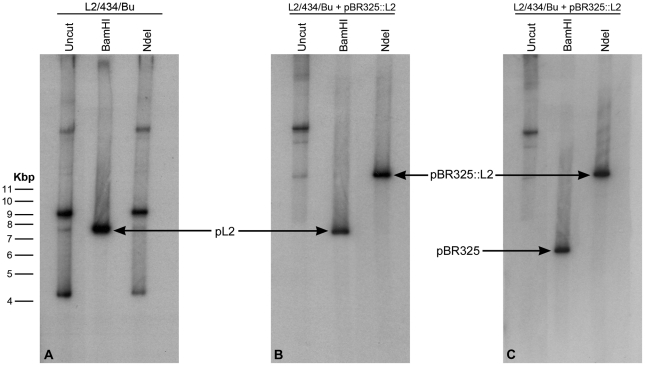Figure 2. Southern blot of C. trachomatis L2/434/Bu transformed by plasmid pBR325::L2.
Equal amounts of C. trachomatis DNA were loaded in each gel track, the DNA is uncut (track 1) or has been digested to completion with Bam HI (track 2) or Nde I (track 3). (A) DNA from wild type (untransformed C. trachomatis L2/434/Bu) was probed with the complete plasmid sequence pL2. (B) DNA from the transformed strain also probed with pL2. (C) DNA from the transformed strain probed with the complete β-lactamase gene sequence (generated by PCR). The wild type pL2 plasmid (7.5 kb) carries a unique Bam HI restriction site (which is used as the cloning site for insertion into the vector pBR325) but no Nde I site. The bands in tracks 1 and 3 in panel A represent various forms of the plasmid pL2. The recombinant plasmid pBR325::L2 is ∼13.5 kb, thus digestion with Bam HI releases the pBR325 vector (6 Kb – hybridizing to the bla probe in (C) and the chlamydial plasmid pL2 (7.5 kb – hybridizing to pL2 probe in panel B). The recombinant plasmid (pBR325::L2) carries a unique Nde I site (located in pBR325) and digestion with this enzyme linearises the vector at 13.5 kb; this band is detected with both hybridization probes (track 3 panels B and C).

